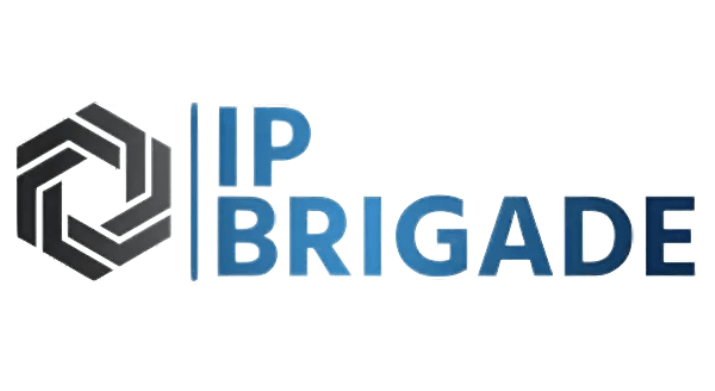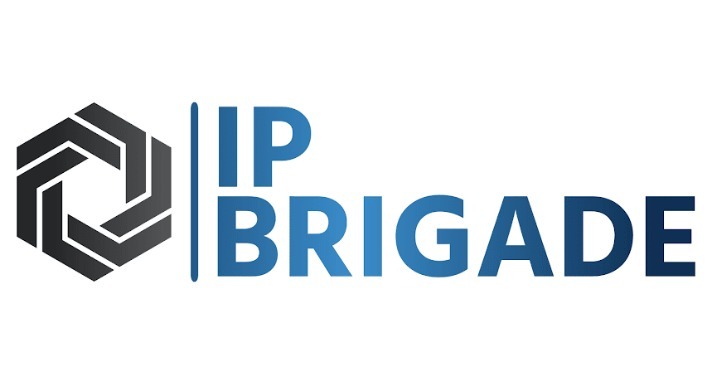For many inventors, designers, and startups, patent drawings are often treated as a simple formality before filing. They are seen as neat illustrations—boxes, arrows, and labels that the USPTO requires. However, from the standpoint of a USPTO Trademark Attorney, that perception can be a costly misunderstanding.
A patent drawing is not merely a visual representation of your invention—it’s a legal instrument that defines the scope and enforceability of your intellectual property rights. Every line, curve, and numeral in your patent drawing carries legal weight. When handled strategically, a Patent Drawing Service becomes not just a technical support function but a cornerstone of your broader IP and trademark strategy.
Here’s what every legal professional wants you to know about why combining artistic accuracy with legal insight is critical to safeguarding your innovation.
A patent drawing is not just an image; it is a legal document that defines the scope of your intellectual property. The bridge between a simple illustration and a powerful legal asset is the unique combination of artistic skill and legal expertise. This is precisely the fusion we’ve built at IP Brigade.
Here’s what legal professionals want you to understand about why this combination is non-negotiable for robust IP protection.
Drawings Are the First Line of Defense for Your Patent Claims
In any patent application, the claims describe the invention’s legal boundaries. But it’s the drawings that visually justify those claims. The USPTO examiner refers to these drawings to verify that every claimed feature is properly supported by a clear visual depiction.
The Common Pitfall:
Many inventors use drafting services that lack legal understanding. Such services may deliver visually appealing but incomplete drawings—omitting critical elements, perspectives, or embodiments. As a result, the claims lose their legal foundation, often triggering an Office Action or narrowing the claim scope unnecessarily.
The Advantage of Legal-Driven Patent Drawing Services:
A professional Patent Drawing Service that includes legal oversight ensures that every figure supports your written description. A USPTO Trademark Attorney or registered patent agent reviews each sheet to confirm that reference numerals align perfectly, and that all unique features are illustrated consistently. This proactive alignment prevents rejections, accelerates approval, and fortifies your patent protection from the start.
Good Enough” Drawings Invite Costly Delays
When it comes to patent filing, “almost right” drawings are as risky as wrong ones. The USPTO’s technical requirements—from line weight and margins to shading and text format—are exacting. Even minor inconsistencies can lead to formal drawing objections.
The Common Pitfall:
Correcting drawing errors after filing interrupts the prosecution process, leading to weeks or even months of delay. Each resubmission adds cost, time, and attorney review fees, turning what seemed like a quick fix into a costly detour.
The Legal-Quality Advantage:
A professional Patent Drawing Service that integrates legal insight ensures 100% compliance with USPTO standards from the outset. Every drawing—whether a utility patent drawing, design patent illustration, or trademark representation—is prepared according to official specifications. This eliminates procedural setbacks, maintains prosecution momentum, and ensures your filing meets the highest legal standards.
Strategic Drawings Strengthen Litigation and Block Competitors
Patent litigation often hinges on how effectively a drawing conveys the inventive concept. Ambiguous or incomplete drawings can weaken your enforcement efforts, allowing competitors to design around your patent or claim non-infringement.
The Common Pitfall:
Many standard drawing vendors deliver exactly what’s requested—but without considering how those visuals might be interpreted in litigation. The result? Drawings that meet filing requirements but fail as enforceable legal evidence.
The Legal and Strategic Advantage:
An advanced Patent Drawing Service anticipates these challenges. With review by patent professionals and USPTO Trademark Attorneys, every drawing is crafted to highlight inventive variations and alternative embodiments. This foresight makes it harder for competitors to create similar products without infringement. In court, such clarity serves as powerful, admissible evidence—proving that your drawings are not just compliant but defensible.
A Cohesive IP Strategy Goes Beyond Patents
Intellectual property is not isolated. Your patent, design, and trademark protections are interconnected components of a single IP ecosystem. For instance, the ornamental design of a product might qualify for both design patent and trademark protection (such as trade dress).
The Common Pitfall:
Treating each IP element separately—filing a patent here, a trademark there—can lead to inconsistencies that weaken your overall IP position. A product’s design illustrated in a patent may differ from the design used in marketing materials or trademark filings, creating legal gaps.
The Strategic Solution:
A coordinated Patent Drawing Service bridges this gap. Professionals who understand both patent and trademark law ensure that the visual identity of your invention remains consistent across your IP portfolio. Whether it’s the configuration of a product, the surface pattern, or the ornamental feature that defines your brand, this consistency helps secure both patent and trademark protection.
A USPTO Trademark Attorney often collaborates with patent illustrators to ensure that drawings not only comply with patent law but also complement trademark filings, making your IP strategy unified and robust.
Trademark and Patent Drawings: A Dual Perspective
While patents protect the functionality or design of an invention, trademarks protect its source identity. Yet, both rely heavily on visual clarity. In the case of non-traditional trademarks—like product shapes, packaging configurations, or design elements—drawings serve as the visual foundation of your brand protection.
Why This Matters:
A visually distinctive feature that appears in both your patent and your trademark application should look identical across filings. Discrepancies can trigger office actions or weaken your legal position in disputes over trade dress or infringement.
The Dual-Service Advantage:
A professional Patent Drawing Service that understands both patent and trademark law ensures that the same design elements are consistently portrayed. This not only strengthens your patent claim but also reinforces your trademark registration, creating a stronger, interlinked protection system.
The Process: From Concept to Legal Perfection
The fusion of artistic precision and legal oversight transforms an ordinary drawing into a powerful legal document. Here’s how a high-quality Patent Drawing Service works:
Step 1: Legal-First Analysis
The process begins with understanding your invention’s technical and legal essence. Patent professionals identify key claim elements and anticipate examiner scrutiny.
Step 2: Precision Drafting
Illustrators use advanced tools to create drawings that are both aesthetically precise and USPTO-compliant. Every line, curve, and cross-section reflects technical and legal accuracy.
Step 3: Dual Review
Each drawing undergoes two layers of review: one by an experienced drafter for technical compliance and another by a USPTO Trademark Attorney or patent agent for legal soundness.
Step 4: Portfolio Integration
Drawings are cross-checked against existing trademark visuals, design filings, and utility claims to ensure visual and strategic consistency across your IP assets.
This meticulous workflow ensures that your drawings do more than meet the guidelines—they strengthen your overall intellectual property foundation.
The Legal Impact of Quality Drawings
High-quality, legally reviewed patent drawings provide multiple long-term benefits:
- Faster USPTO approvals due to complete and compliant submissions
- Reduced Office Actions from missing views or inconsistencies
- Stronger enforcement power in litigation and infringement disputes
- Cross-IP synergy, aligning your patents and trademarks under one coherent strategy
When legal insight meets artistic precision, your Patent Drawing Service becomes a strategic IP asset, not just an administrative requirement.
Building a Future-Ready IP Portfolio
As industries evolve, the line between patentable inventions and trademarked designs continues to blur. Smart companies protect both simultaneously. A new product shape might be patented for its function today and trademarked for its identity tomorrow.
That’s why your Patent Drawing Service provider must understand the long-term interplay between patents and trademarks. By anticipating future trademark filings or brand developments, your drawings can be prepared to support both—saving time, avoiding rework, and securing stronger protection overall.
Final Thoughts: The Art of Legal Precision
The modern innovation landscape demands more than creativity—it demands strategic legal foresight. A Patent Drawing Service that integrates legal expertise ensures that every drawing is compliant, defensible, and strategically aligned with your IP goals.
From the viewpoint of a USPTO Trademark Attorney, patent drawings are not mere formalities; they are instruments that shape legal outcomes. The difference between a weak and a strong patent often lies not in the invention itself—but in how effectively it’s illustrated and supported legally.
By combining artistic mastery with legal acumen, inventors can transform simple sketches into enforceable assets that protect innovation, define brand identity, and outsmart competitors for years to come.


